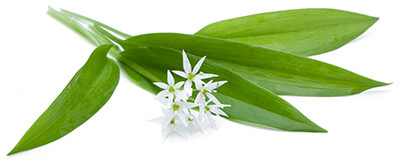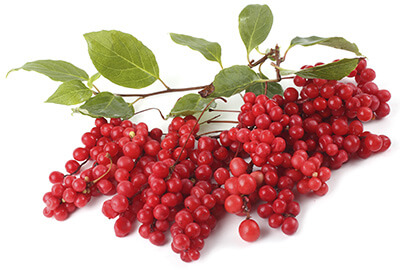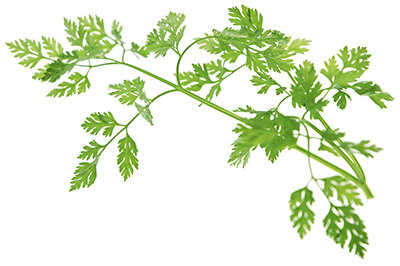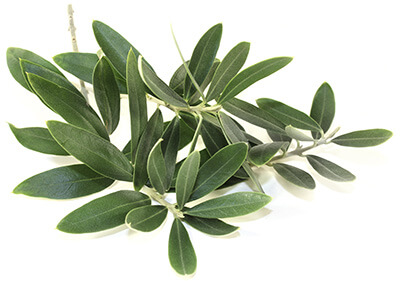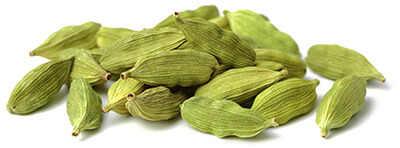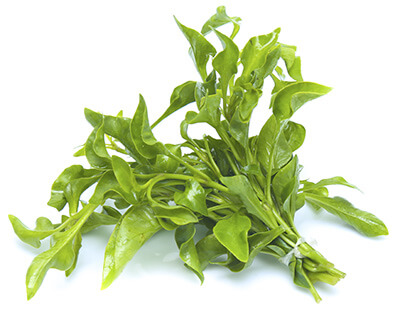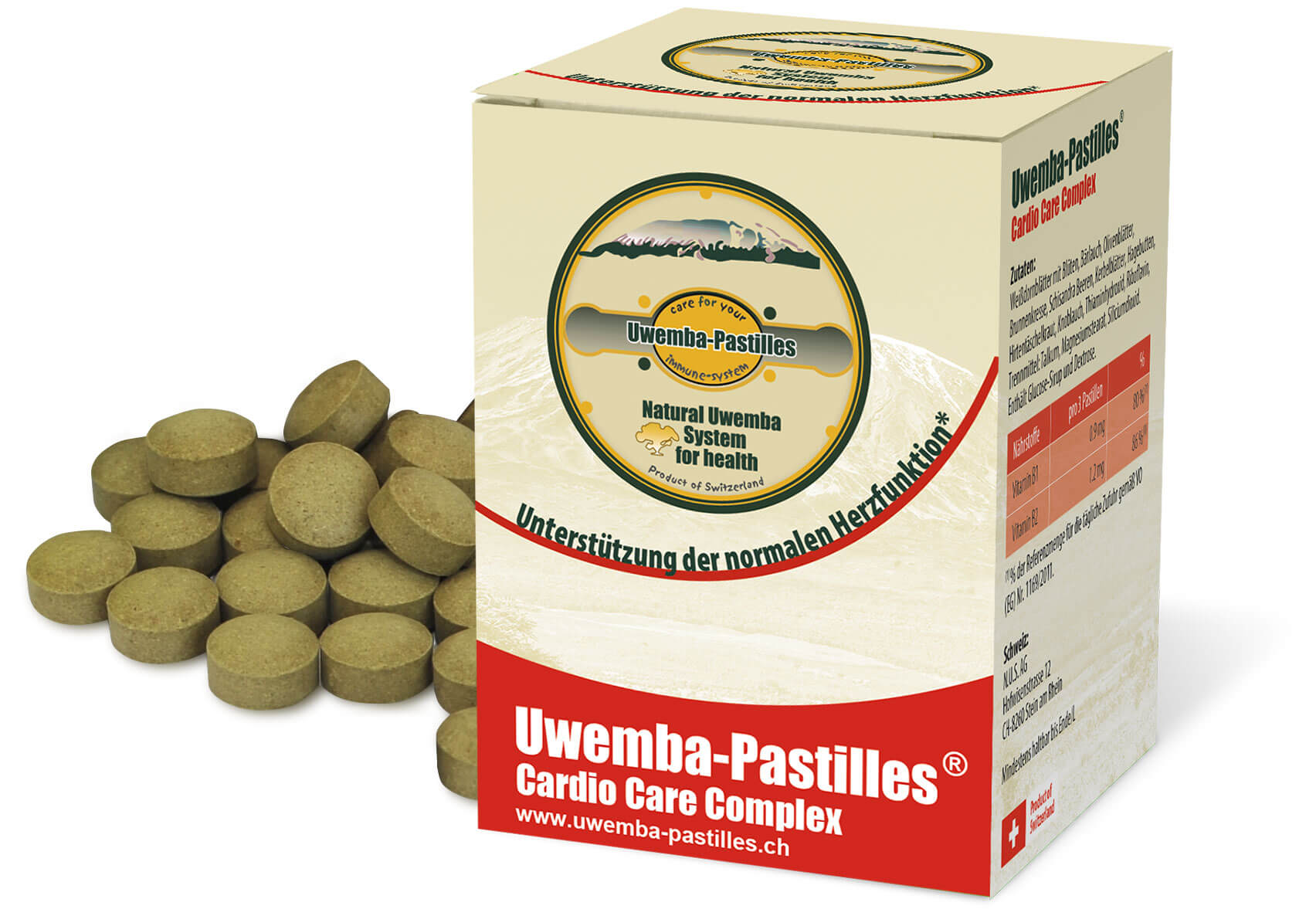
Uwemba-Pastilles® Cardio Care Complex
Support of normal heart function*
Food supplement made from 10 different plants, vitamin B1 and B2.
Composition
Uwemba-Pastilles® Cardio Care Complex consist of:
- Hawthorn leaves with flowers
- wild garlic
- olive leaves
- watercress
- Schisandra berries
- cardamom
- Chervil leaves
- rose hips
- Shepherd’s purse
- garlic
- thiamine hydroxide
- riboflavin
Dosage
Uwemba-Pastilles® Cardio Care Complex are suitable for regular use (135 pastilles = 45 days) and/or as a daily dietary supplement. Take 3 pastilles daily, one before each main meal with some liquid. For use in adults and children over 12 years.
* Vitamin B1 contributes to normal heart function.
* Vitamin B2 contributes to the maintenance of normal red blood cells.
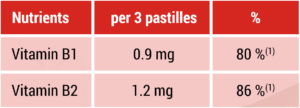
(1) % of the reference quantity for daily intake according to Regulation (EC) No. 1169/2011.

(1) % of the reference quantity for daily intake according to Regulation (EC) No. 1169/2011.
Heart and circulation
The heart and blood vessels together form the circulatory system, also known as the cardiovascular system. The heart is a muscular organ that pumps blood – consisting of red and white blood cells, plasma and platelets – around the body.
The cardiovascular system’s primary function is to supply oxygen, nutrients, and hormones to muscles, tissues, and organs throughout the body. It also removes waste products from cells and organs so that the body can dispose of them. Such “waste products” include carbon dioxide from respiration, chemical byproducts of organs, and waste from things people eat or drink
What conditions affect the circulatory system?
High blood pressure: The arteries have the job of distributing blood throughout the body. When the pressure (force of the blood against the blood vessel walls) becomes too high, hypertension develops. If the elasticity and distensibility of the arteries decrease, less blood and oxygen reaches organs such as the heart. High blood pressure increases the risk of cardiovascular disease, heart attacks and strokes.
Plaque buildup: High cholesterol and diabetes can cause fat and other substances to build up in the blood. These substances form deposits, called plaques, on artery walls. This condition is called atherosclerosis, or narrowed or hardened arteries. Atherosclerosis increases the risk of blood clots and strokes, coronary artery disease, peripheral arterial disease, heart attack and kidney disease, among others.
Venous disease: Venous disease usually affects the veins in the lower body. Problems such as chronic venous insufficiency and varicose veins occur when blood cannot flow back to the heart and pools in the leg veins.
Note
Food supplements are not a substitute for a varied, balanced diet, fresh fruits and vegetables and a healthy lifestyle. Store in a cool, dry place out of the reach of children. Do not exceed recommended dosage.

Ingredients
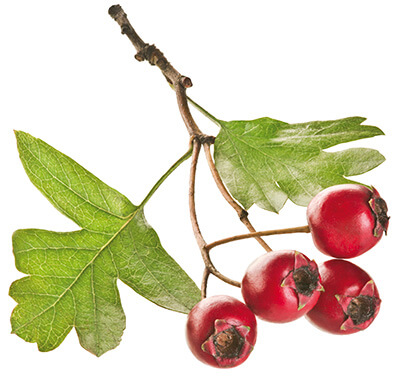
Hawthorn
Crataegus
Origin
The hawthorn was already mentioned in the 1st century after Christ. It is native to the northern hemisphere and thus also grows in our latitudes. Nevertheless, in the medicine of antiquity and the early Middle Ages it played no or only a subordinate role. It was not until the 19th century that its healing powers were discovered and scientifically studied. English and American physicians successfully used the plant to treat heart complaints in patients.
Application in folk medicine
In folk medicine, hawthorn is known and used against heart complaints and to strengthen the old age heart.

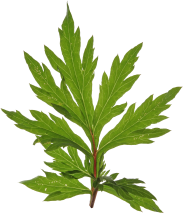
The quality of Uwemba Pastilles®
Manufactured, analyzed and released under GMP guidelines
We vouch for our good manufacturing practices!
That’s why we work according to the guidelines of Good Manufacturing Practice (GMP) – the European standards for quality assurance in the production of pharmaceuticals and food supplements.
Gentle processing of the plants and predominantly organic quality
Each of our plants requires its own climatic conditions, so they are planted all over the world. For example, the mugwort plant Artemisia originates from the Benedictine mission in Tanzania. In cooperation with regional producers, we pay attention to sustainability and organic cultivation.
Our products consist of plant components that complement each other in their benefits. While still in the country of cultivation, the plant partswith high potency are sorted and strictly tested for possible microbiological contamination when they are delivered to Switzerland.
The plants are processed in Switzerland, gently and energy-efficiently ground and pressed into herbal pastilles. Thus, we monitor the entire process of production according to European quality standards and ensure that there are no harmful substances.
Quality from Switzerland – high quality and reliability
Products from Switzerland are known for their quality. This Swiss quality is a commitment for us! We guarantee the highest standards of production and consistently high quality and reliability of our products!
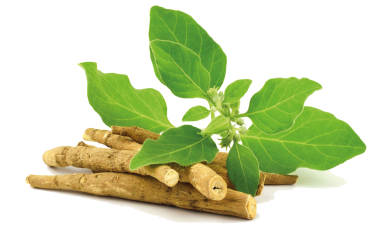
Herbal dietary supplements Uwemba-Pastilles®
What are Uwemba pastilles® ?
Uwemba-Pastilles® are various herbal multi-substance preparations. Currently 3 products are available, which are suitable for different indications.




